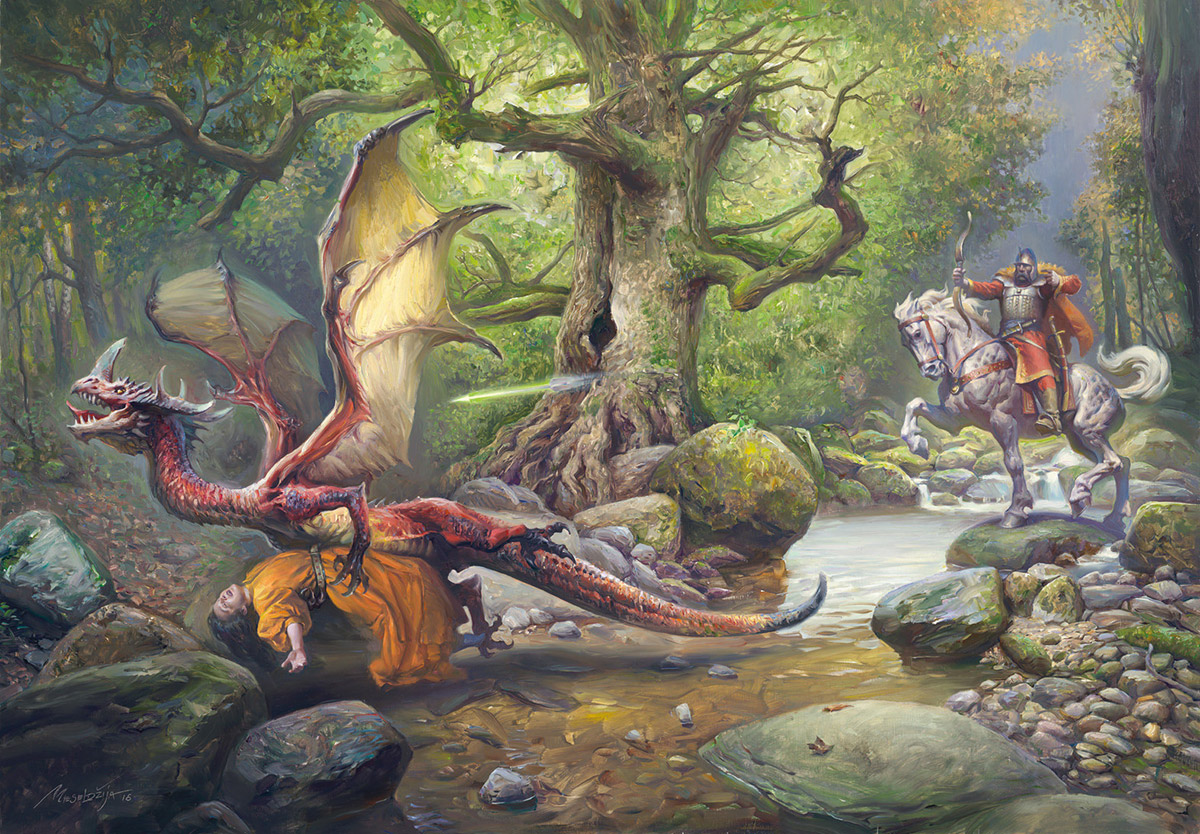 |
| Prince Marko and the Dragon, 90X63cm, Oil on wooden board, 2016. |
Prince Marko and the Dragon (Kraljević Marko i zmaj), has been created for a
private collector. It is also one of the paintings from my new book project. It
shows Prince Marko, a great Serbian epic hero, performing one of his heroic
deeds. The character of Prince Marko is based on a 14th century Serbian
king of a minor historic importance, whom the people, while under the Turkish occupation
that lasted for more than 4 centuries, turned into the greatest epic hero who
bravely fought against the oppressor and
the injustice, and kept the people’s spirit alive during that long and complicated
period.
real person, the character of Prince Marko is basically constructed from two
major elements – an old, forgotten mythic hero, and the character of an
existing medieval ruler upon whom the people projected their needs, pains and
aspirations. Prince Marko is unbelievably strong – this strength comes from his
mythic base – brave and righteous. He’s a true chevalier; the protector of the
weak and the oppressed. However, his human side makes his character more
balanced and rather easy to identify with. Like any human being, Prince Marko has a
shadow. Next to the noble side of his personality, there is a darker side too –
at times, Marko can be very jealous, vain and even cruel. This contradictory
element in his character brings him closer to a real person and makes him more
accessible. On one side, he is a perfect embodiment of the people’s struggles and
needs from a specific time; on the other, he genuinely reflects people’s
character with all their good and bad sides, their virtues and their vices, as
well as the moral principles people lived by. While still a quintessential epic
hero, Prince Marko is also a human being, one of us. This particular trait in
his character makes him very intriguing.
by the old epic poetry about Prince Marko. But as I set out on my journey to
become an artist, I focused my attention primarily to the foreign art and
culture, especially the western culture. Then, in 1993 (I was 28 years old), when I decided to
illustrate the most popular Serbian fairytale, Baš Čelik, eventually turning it
into The Legend of Steel Bashaw, I was finally back to my national and cultural
roots trying to express my relationship to that part of my identity though my
art. It took another 22 years to finally turn my attention to the epics, and to
create my first Prince Marko painting.
started to work on this project, I faced a problem that presented me with a
serious challenge. Although I loved the character of Prince Marko, I was now not
very inspired to illustrate the old epic poems, apart from a few that I greatly
admired. The old epics are…well, old, and in spite of a number of aspects that are
universal in character, most of them deal with the specific problems that
reflect the existential struggles of the people from centuries ago. The Ottoman
Turks, the oppressor and the archenemy, have long gone and disappeared from the
stage. To continue to fight them and the specific problems that went with it,
seemed to me nothing but fighting against a spectre, a shadow of the past. It
felt so awkward, pointless and irrelevant to me, like a symbol that has lost
its meaning and purpose, but kept its empty shell – a dead symbol – that is how
mythologies and religions die, and in my opinion the myth of Prince Marko was dying
too. So, in spite of my relative lack of competence regarding the study of the
old epics, and guided only by my own vision, I finally decided to try to update
Prince Marko and his world, and bring them back to life. Now, if you are
familiar with the universe of Prince Marko epics, you will understand how
tricky and difficult this task is.
Nevertheless, stubborn and persistent as I
am, I set out on this new adventure to change and update Prince Marko’s world, both in outer
appearance and in content. The only way for me to do it properly was to write
new epic poems about Prince Marko. I began my work by stripping off the
epic world of Prince Marko of all the
archaic, irrelevant elements, at the same time emphasizing its mythic
foundation. Likewise, I took in consideration the fact that the time spirit has
changed, and that people’s view, needs and aspirations have changed too, although the
universal values have stayed unaltered. I moved the balance, as it were, from
the irrelevance of the archaic to the universality of the mythological, and the
relevance of the contemporary. But, I kept the specific form of the old epics,
and most importantly I kept their original spirit, so that the new epics would
sound as if they were created by the folk bards of long ago.
to reconnect the dying epic past with the living present, and to give my own quest
for the personal myth a firm, healthy starting point.
to set out on a journey to discover my own myth by researching the myth I was
brought up with came from a dream. In other words, my future doings and the
direction that my artistic aspirations were about to take, was announced to me in
a dream. It was one of those vivid, striking dreams that one remembers for the
rest of his life, a type of dream that announces an important change (change of
direction) in one’s life. I wrote down this dream and I named it “The Golden
Book”. The biggest problem and challenge with dreams, however, is their
interpretation. It is quite complicated to know if the dream has been correctly
interpreted until that particular “story” ends. Therefore, and although my gut feeling
tells me that I am on the right path, I am not yet completely certain if I
interpreted my dream in the right way. Nevertheless, I intend to follow my
intuition and will do whatever is required to accomplish this important
project.


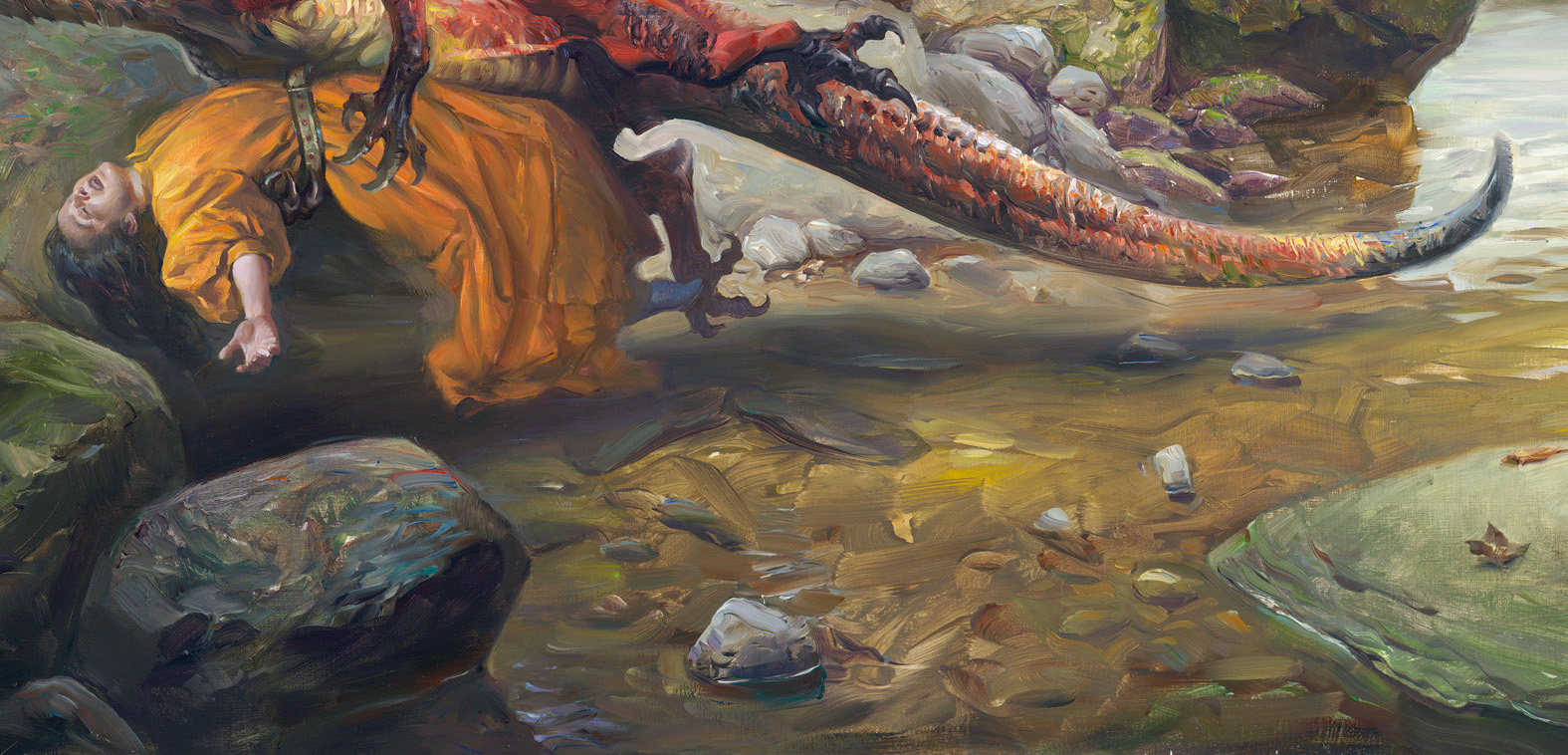
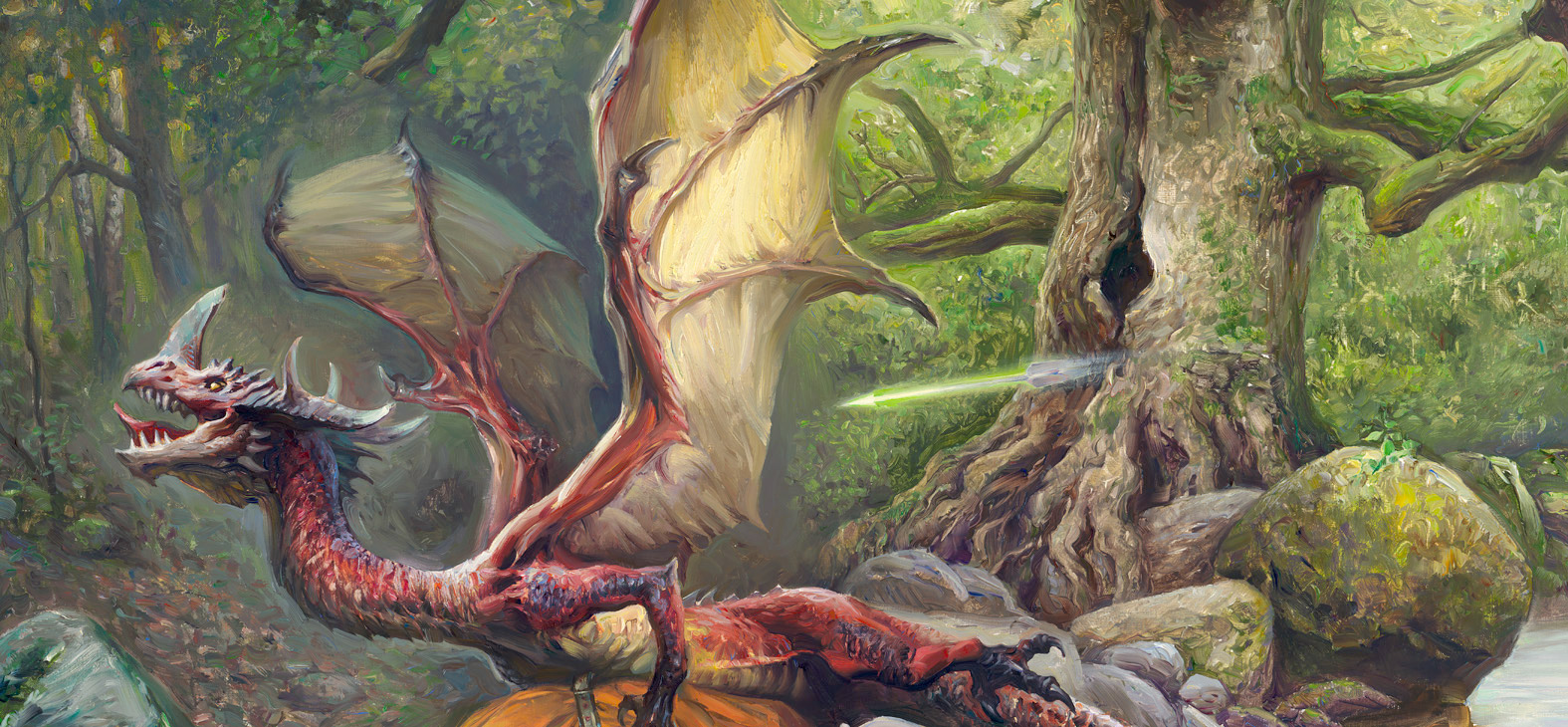
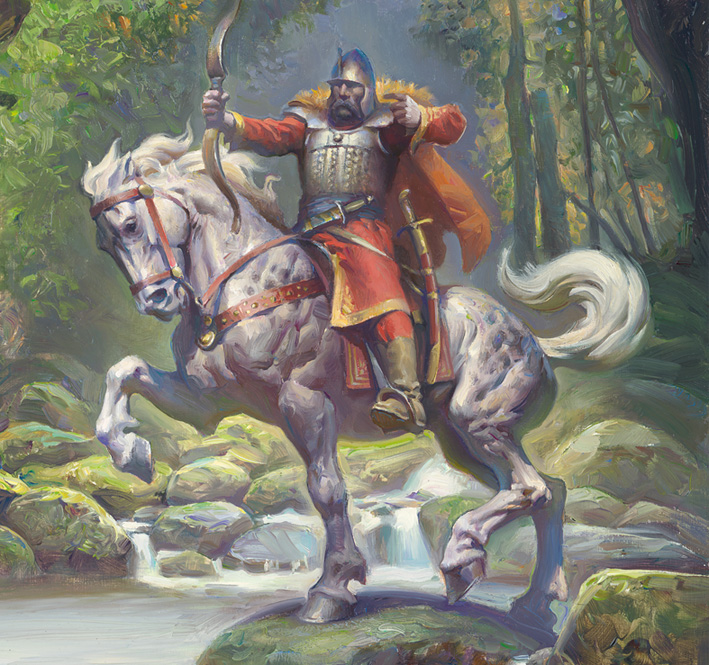
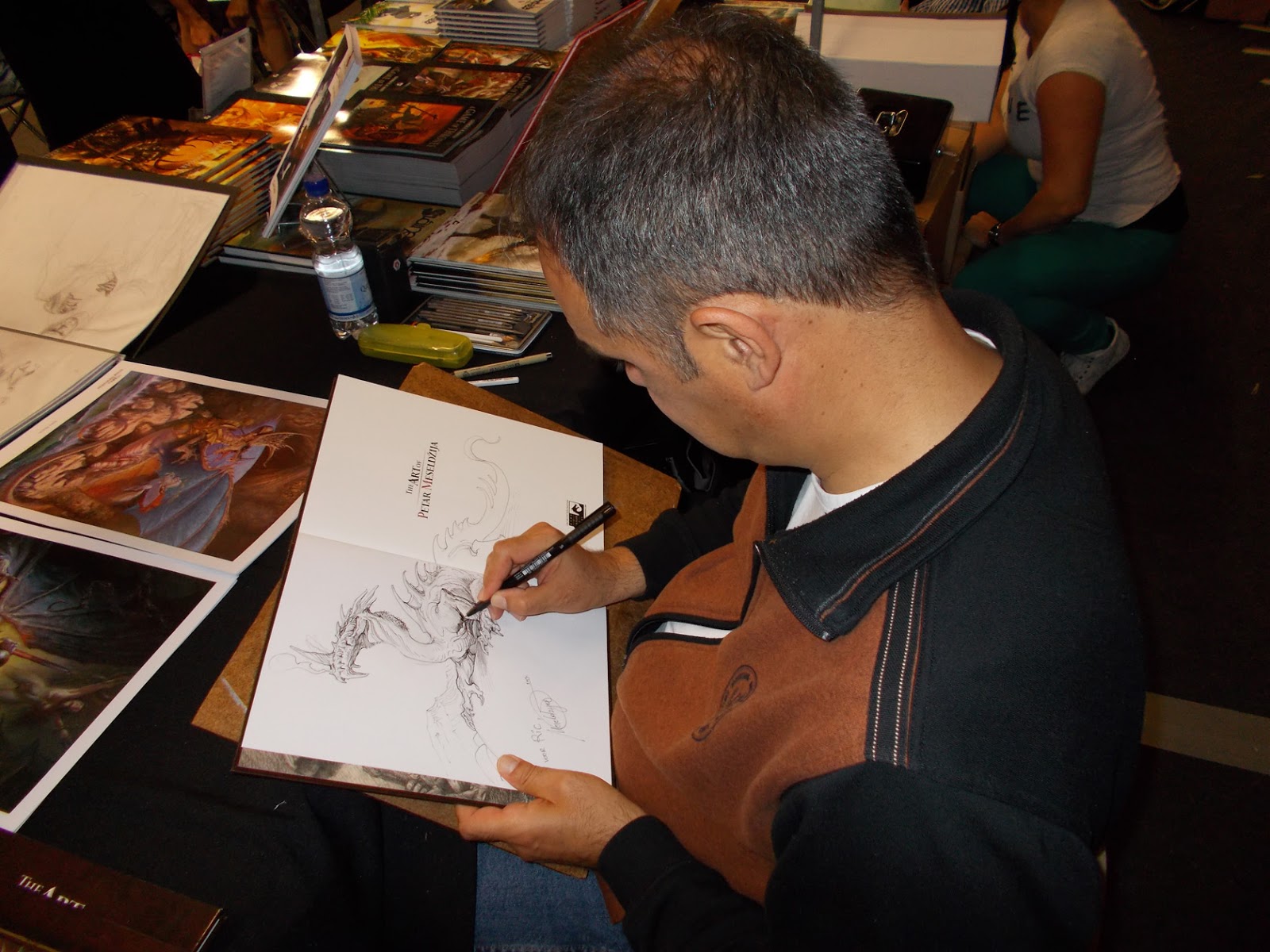

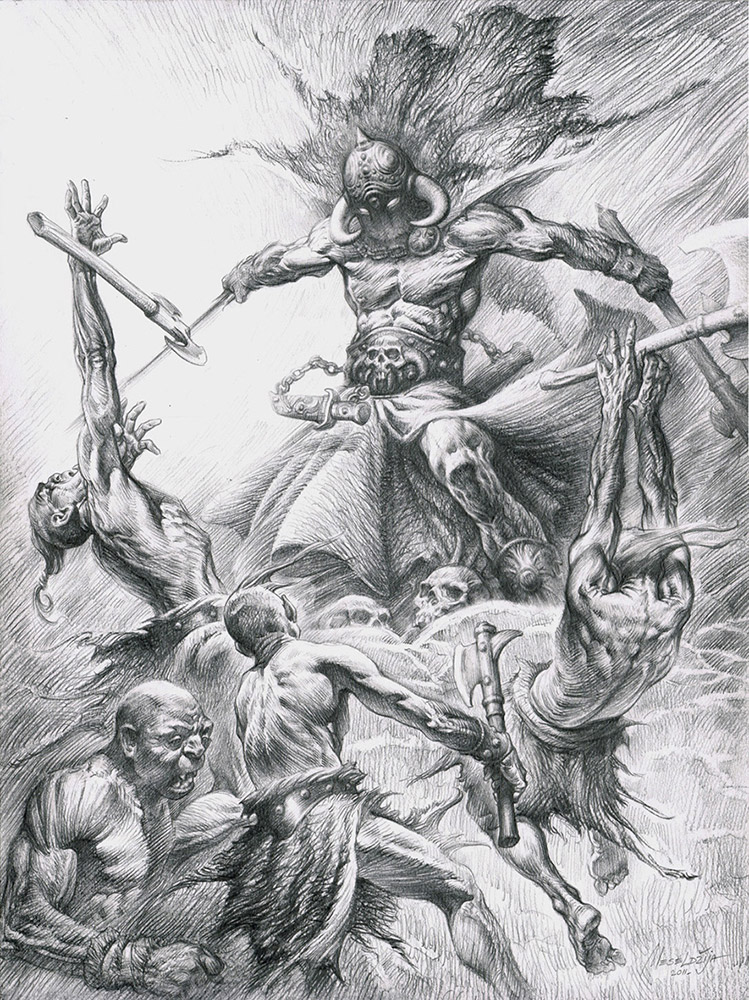
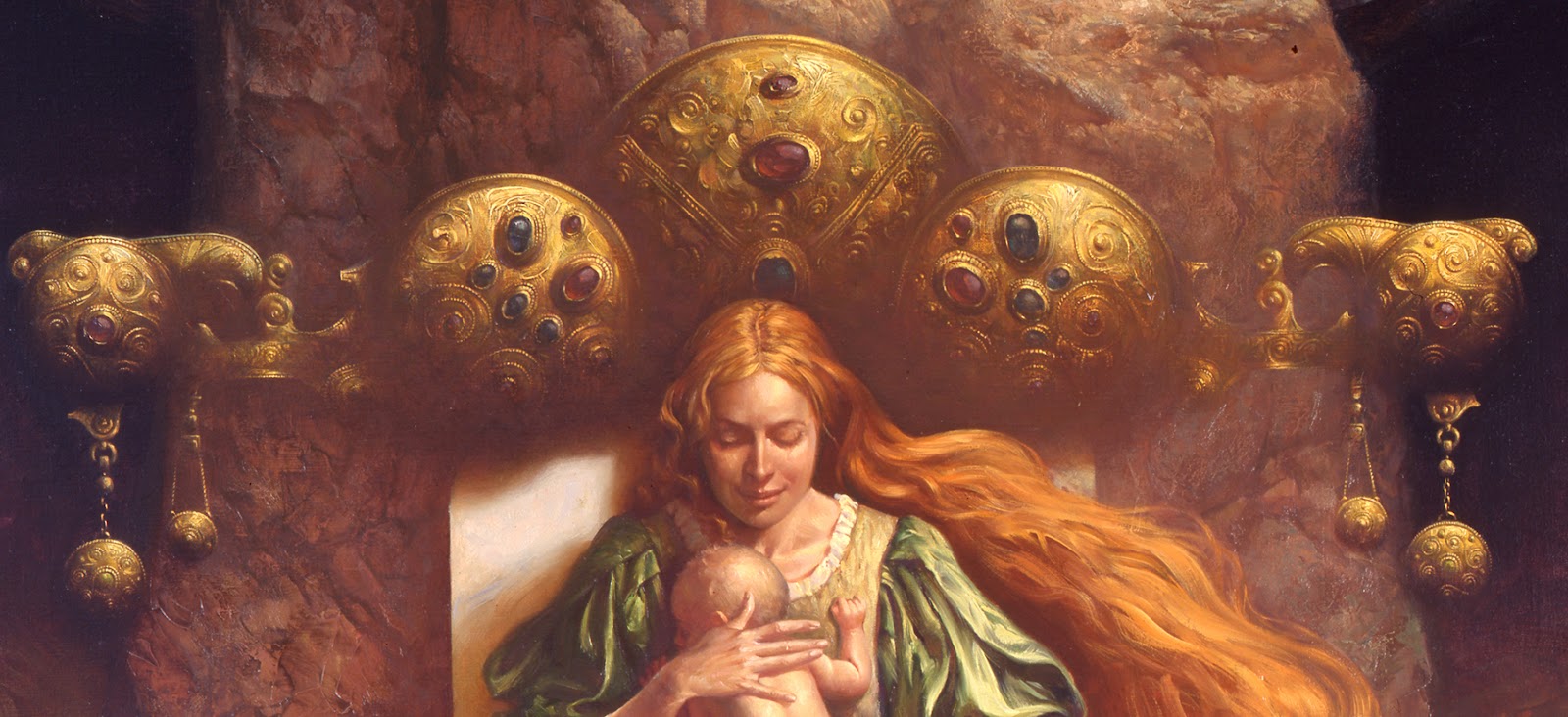
Every artist is on a similar path I think: we're all redefining what we connect to in our environment and heritage.I think it's the effort to connect where we come from with our present circumstances that give a lot of artists their own personal narrative.It is a form of personal validation.
This is one of my favorite Muddy Colors posts Petar. I listened to your interview with One Fantastic Week a while back and was intrigued. I'm happy to learn more of your own “quest” and am looking forward to part 2.
Thank you, Beth! I will post part 2 on Monday.
Great post and wonderful painting Petar. Our conversation 2 years back about mythology and what you want to give put into the world has often given me food for thought and helped given me direction with what I choose to paint. It's always great to see your posts here on Muddy Colors. By the way, that particular tree is a personal friend of mine. If you've been there you were quite close to my home 😉
Hi Dylan! Nice to hear from you again! Yes,I know that this mighty oak tree is from Germany (although, and from now on, it also exists in the Prince Marko's mythic world), but I did not know he is a good friend of yours. 🙂 Take care, Dylan!